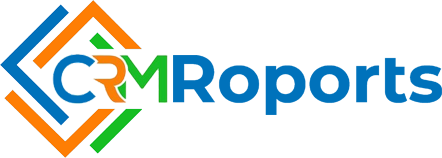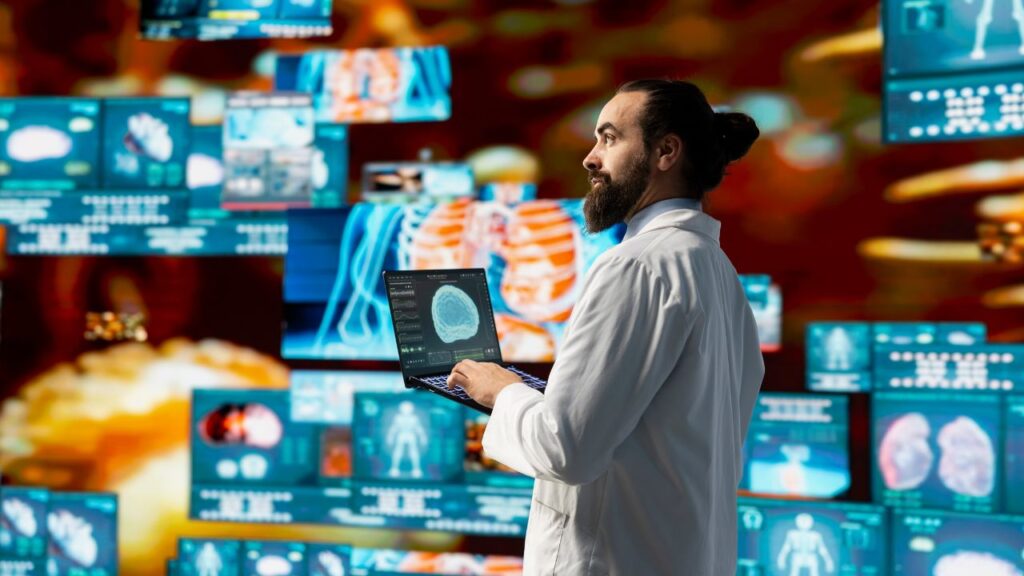In today’s data-driven era, healthcare and data science are increasingly entwined. One of the most transformative platforms leading this integration is TransDS. Built to bridge the gap between raw clinical data and actionable insights, TransDS has quickly become a valuable tool in predictive analytics, diagnostics, and personalized medicine.
Whether you’re a data scientist, clinician, or researcher, TransDS offers a dynamic environment for making sense of complex health information. This platform is not just about data—it’s about improving outcomes, saving lives, and shaping the future of medicine.
Introduction to TransDS
The term TransDS stands for Transformative Data Science, reflecting its core mission: turning vast, unstructured medical data into meaningful, useful intelligence. Initially developed as a collaborative effort among AI engineers and medical informatics experts, TransDS quickly gained traction in academic institutions and healthcare startups.
Its unique appeal lies in its adaptability. From genomics to electronic health records (EHRs), TransDS allows users to analyze diverse datasets through a streamlined interface. Unlike traditional data analytics platforms, it focuses specifically on the challenges and opportunities of healthcare data.
Origins and Evolution of TransDS
TransDS began as an open-source research project aimed at improving diagnostic accuracy through real-time data processing. Over time, it evolved into a full-fledged cloud-based analytics system, tailored to both small research labs and large healthcare networks.
The platform integrates tools like:
-
Machine learning models
-
Natural language processing (NLP) for clinical notes
-
Data visualization dashboards
-
Patient risk scoring algorithms
Its architecture supports both supervised and unsupervised learning, giving users full control over their modeling strategies. As of 2025, TransDS is used by over 500 institutions worldwide, including top-tier hospitals, biotech firms, and public health agencies.
How TransDS Works in Healthcare Analytics
The true power of TransDS lies in its ability to process diverse healthcare data sources simultaneously. These may include:
-
Electronic Health Records (EHRs)
-
Imaging data (X-rays, MRIs)
-
Genomic sequences
-
Wearable device outputs
-
Population health statistics
Here’s how it works:
-
Data Ingestion: Pulls data from multiple sources, using APIs and standard healthcare data formats like HL7, FHIR, and DICOM.
-
Preprocessing: Cleanses and normalizes data to ensure consistency across records.
-
Modeling: Uses AI models to identify patterns, correlations, and predictive factors.
-
Output: Generates dashboards, reports, and alerts to support clinical decisions.
This end-to-end pipeline makes it easier for healthcare professionals to harness big data without needing deep technical skills.
Key Features of TransDS
Some standout features that make TransDS platform essential for modern healthcare analytics include:
-
Drag-and-drop interface for non-coders
-
Built-in compliance tools for HIPAA and GDPR
-
Customizable AI modules for disease prediction
-
Secure multi-cloud environment
-
Real-time patient risk alerts
-
Auto-annotation of clinical documents via NLP
These capabilities help clinicians prioritize patients, streamline workflows, and deliver more accurate diagnoses.
Use Cases of TransDS in Modern Healthcare
The platform is already changing how healthcare is delivered across a variety of use cases:
-
Hospital Readmission Prediction: TransDS uses patient histories to assess readmission risks, enabling proactive interventions.
-
Sepsis Detection: Real-time monitoring of vitals and lab results to identify sepsis earlier than traditional methods.
-
Cancer Prognostics: Incorporating genomic and imaging data to predict cancer progression.
-
Mental Health Trends: Analyzing patterns in clinical notes and patient behavior to monitor mental health deterioration.
-
Chronic Disease Management: Aggregating long-term patient data for better tracking of diabetes, hypertension, and heart conditions.
Why TransDS is a Game-Changer in Data Science
Many data platforms can crunch numbers. But TransDS adds value by embedding medical context into its analytics. This makes its outputs far more relevant for healthcare providers.
-
Semantic Understanding: The NLP engine can interpret clinical language, not just keywords.
-
Outcome-Oriented Models: Built around patient outcomes, not abstract predictions.
-
Continuous Learning: Adapts and improves as more data becomes available.
Its machine learning infrastructure allows users to build predictive models that become more accurate over time—a critical need in the rapidly evolving field of medicine.
Security and Compliance in TransDS
In the healthcare world, data privacy is paramount. TransDS ensures security through:
-
AES-256 encryption
-
Role-based access control
-
Blockchain-based audit trails
-
Secure sandbox environments for data experiments
-
Regular compliance updates aligned with HIPAA, GDPR, and CCPA
By combining these security layers, TransDS builds trust across stakeholders—clinicians, IT teams, and patients alike.
Integration with Existing Systems
TransDS doesn’t force institutions to overhaul their infrastructure. It integrates seamlessly with existing hospital systems such as:
-
EPIC
-
Cerner
-
Allscripts
-
Meditech
Its modular architecture ensures that even legacy systems can communicate through APIs or data brokers. This flexibility makes adoption cost-effective and less disruptive.
Who Should Use TransDS?
The platform is designed for a diverse range of users:
-
Clinicians: For real-time risk scoring and patient alerts
-
Data scientists: For building custom ML models on healthcare data
-
Healthcare administrators: For operational efficiency insights
-
Researchers: For population health and epidemiological studies
-
Policy makers: For tracking public health trends and resource allocation
Learning Curve and Support
TransDS offers an intuitive UI, but advanced users can dive deep into custom code and APIs. To help users scale up, it offers:
-
Onboarding programs
-
In-app tutorials
-
24/7 support
-
Certification tracks
-
Community forums and webinars
It balances simplicity with depth, making it suitable for both novices and pros.
Future Trends with Trans-DS
Looking ahead, TransDS is set to integrate with cutting-edge technologies such as:
-
Federated Learning: Enabling data analysis across hospitals without data sharing
-
Wearable Tech APIs: Analyzing health metrics from fitness trackers and medical devices
-
AI Explainability Models: Helping users understand why a prediction was made
-
Augmented Reality: Visualizing patient data in immersive formats
These innovations will deepen its role in clinical decision-making, making it indispensable in smart hospitals.
Trans-DS and Public Health
Beyond hospitals, TransDS is also being used in public health surveillance. Its ability to crunch large datasets quickly makes it ideal for:
-
Pandemic modeling
-
Vaccination campaign analytics
-
Environmental health correlations
-
Regional health risk mapping
In 2024, it played a role in tracking dengue fever outbreaks in Southeast Asia using climate and population data.
Conclusion
The TransDS platform is much more than a tech innovation—it’s a revolution in how healthcare data is interpreted and used. It blends the analytical power of machine learning with the real-world demands of patient care, bridging a gap that has long existed in medicine. As healthcare continues to move toward personalization and precision, TransDS will remain a cornerstone of that transformation.







